Inside the tiny N.J. suburb with the fastest-growing Asian population in the U.S.
- Oops!Something went wrong.Please try again later.
BELLE MEAD, N.J. — A few minutes outside of Princeton, New Jersey, residents of the local community coordinate through social media platforms WhatsApp and WeChat on things like replacing a roof, planting flowers or throwing block parties. Sometimes, a neighborhood street is shut down for cultural celebrations like Lunar New Year or Holi. At a park in the hamlet sits a cricket pitch, all up to international standards. Many kids go to Hindi or Chinese schools, which feel like family.
This is Belle Mead, New Jersey, an affluent suburb that’s home to the fastest-growing Asian American population in the U.S., according to the Census Bureau. While the area recorded just four Asian Americans in 2010, the group’s population skyrocketed, now making up a majority of the hamlet’s 5,569 residents a decade later. Almost 44% of residents are foreign-born. And in that time, they’ve influenced the local culture.
Families in the area, who are mostly Indian and Chinese, flock there for the good schools, the friendly, small-town energy, and the safe streets. Many of the Belle Mead locals say the Asian American families have been left-leaning in recent years, in part because Donald Trump’s rhetoric has made them feel alienated. But with issues like the economy and inflation remaining a priority for the group, some say the jury is still out on the upcoming rematch between President Joe Biden and Trump.
“People are making a lot more informed decisions, rather than just supporting a party,” said Nick Barot, a 43-year-old resident who works for a pharmaceutical company. “They are now looking at a lot more policies.”
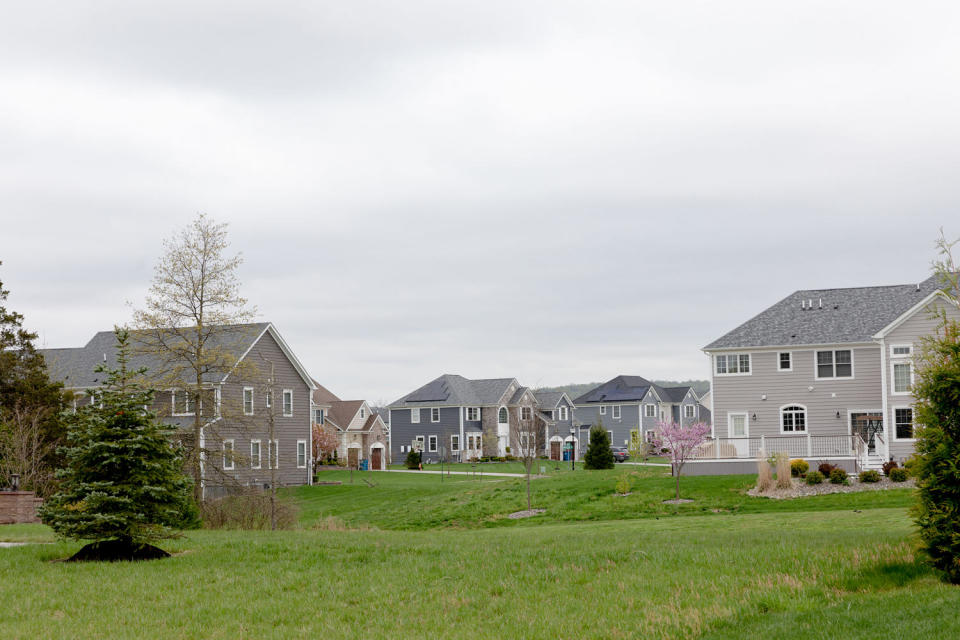
Belle Mead, an unincorporated community and census-designated place, lies in the northern part of Montgomery Township, and Asian Americans currently make up just under two-thirds of its population. Over a decade ago, the area encompassed less than 1 square mile and about 216 people. But by 2020, the geographic boundaries of the census-designated place expanded to more than five times that size. The expansion contributed to the growth in the overall and Asian populations, among other factors, according to the Census Bureau.
A changing culture
Once covered in sprawling greenery and farmland, the area has experienced significant development in recent years, with some influence from the changing demographics, residents say. There’s a shopping plaza that hosts the Korean bakery chain Paris Baguette, popular among the area’s families. Across the way, the Grove at Montgomery shopping center, which opened in 2019, hosts more food, health and wellness services, several of them Asian-owned. And Asian grocery store Kasia Market is expected to be open for business in the coming months, several excited residents noted.
Reena Goyani, 35, who opened Blossom Salon at the Grove with her partner Preeti Parekh in 2019, said their clientele includes those of all backgrounds, with roughly half being South Asian. Indian eyebrow threading, she said, is among the most popular services, becoming increasingly sought after by non-Asian clients. And while Western holidays like Christmas and Thanksgiving are particularly busy for the salon, so are South Asian festivals like Diwali.
“The community, they help our business. Most people come from around the area regularly, every three weeks for coloring, hair,” Parekh, 45, said. “Next door is a nail salon. So they come here and have a day. … It’s nice and peaceful.”
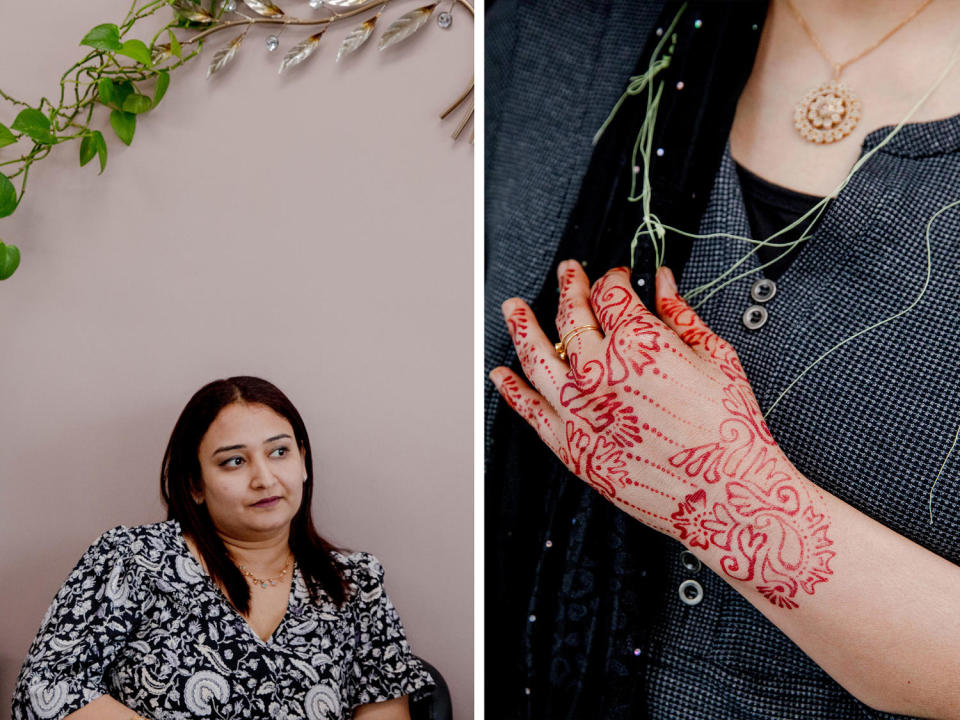
Many of the homes — which belong to Asian American professionals who work largely in the medical field, for pharmaceutical companies and in consulting, among others — resemble those of a quintessential wealthy American suburb. There are high-end and luxury housing developments, home to mostly Asian Americans. But there’s also an embrace of cultures, the residents say. Families will hire a DJ and designate a street for a block party during some South Asian holidays. Barot, who moved into a newer housing development about five years ago, is one of many neighbors who successfully petitioned Neena Singh, a then-committeewoman who’s now the Montgomery mayor, to get a cricket pitch built at one of the town’s parks two years ago. The sport has become an integral part of their weekends.
“They realized a new community is coming in. A lot of Indians and Asians are here. Cricket is one of the most popular sports, so they helped with infrastructure,” said Barot, vice-captain of the neighborhood’s team, the Country Club Estates (CCE) Warriors, who play in the New Jersey Soft Ball Cricket League.
“We feel as if we are still a kid,” Barot, who’s also a member of the town’s recreation committee, said of the games. “All the friends come together, so it really helps everyone’s mental well-being.”
For the area’s busy Asian American students, extracurriculars and sports like fencing, which is popular locally, fill their hours after school. Many of them additionally spend their Friday nights attending the Montgomery Hindi School, held at the upper middle school. Others take classes at the Huaxia Chinese School in the township, held at the same place on Saturdays. For many students, the language schools function as a sort of community or family.
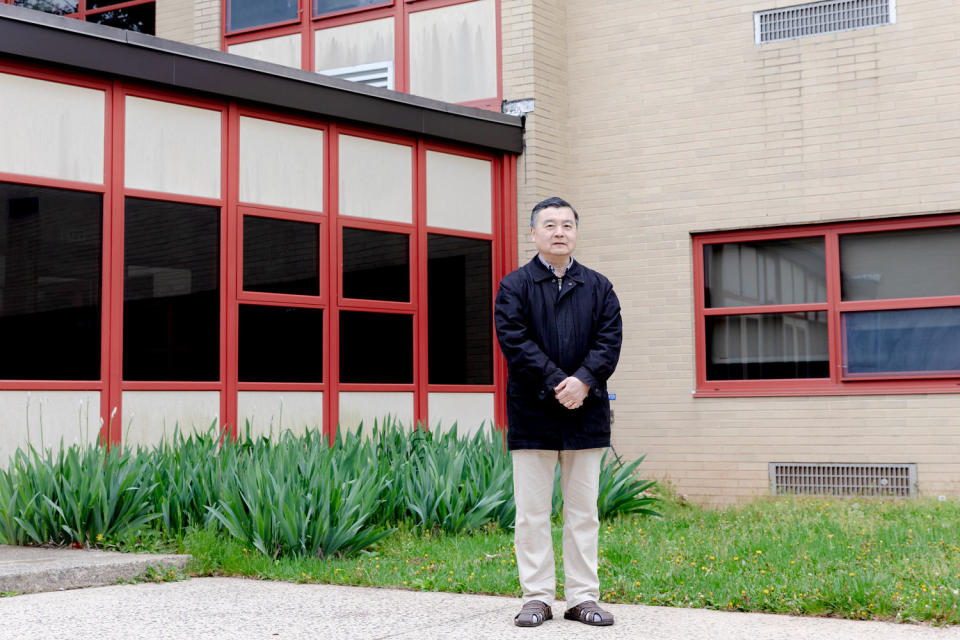
“At our school, we don’t like parents to push their kids to come to our school. That’s not right. We just want to let kids study Chinese and have fun together, make friends, know the Chinese language and Chinese culture,” said George Lei, the 56-year-old principal of the Chinese school. “We don’t need everybody getting a 100 score. That’s not the goal.”
In search of academic opportunity
By and large, the pre-eminent factor uniting the Asian American families in the area is the nearby educational opportunities, every resident who spoke to NBC News said. Montgomery High School currently ranks 30th in the state and 556th nationally, according to U.S. News & World Report. William Zhang, a freshman at Rutgers University who grew up in Belle Mead and attended the local Chinese school, said his family moved to the area for those exact opportunities.
“I did often feel pressure to perform well in school. Not all of it came from my parents. Some of the pressure came from myself and the environment around me,” Zhang, who also runs a tutoring service, said. “Montgomery schools are known to have that academically competitive environment — in good and bad ways.”
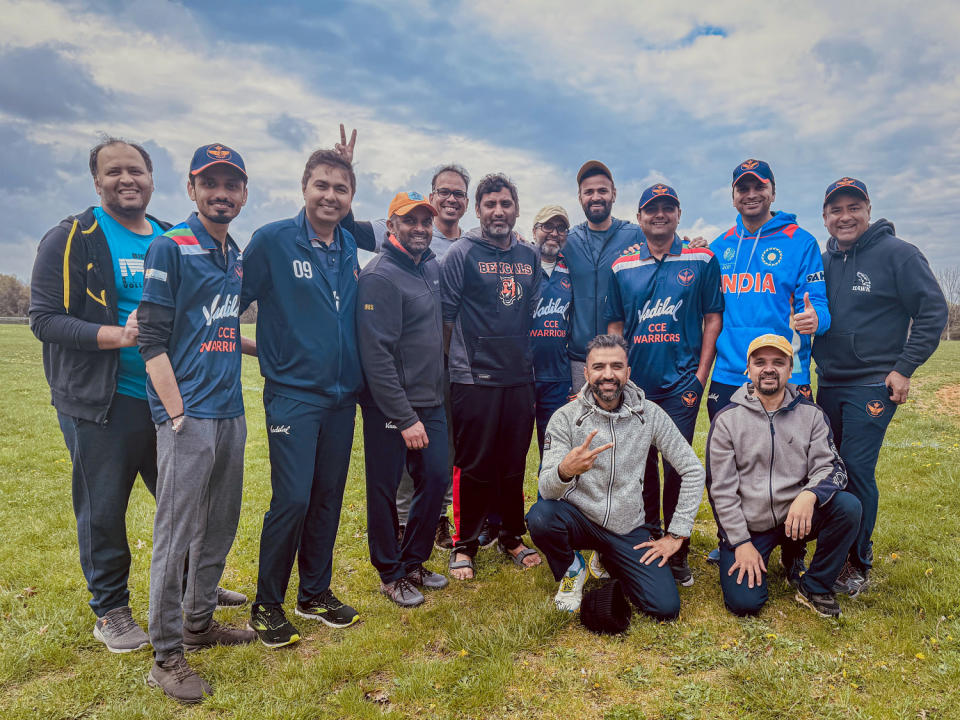
Arkadiy Nepomnishy, who runs Taekwondo Elite, a popular studio in Belle Mead, similarly mentioned that most families are motivated by the high quality of education, hoping that the area’s high school will help their kids go to elite colleges. Many of the students head off to prestigious schools, including the Ivy Leagues.
“They’re really looking for academics. They want to give their kids a strong foundation. They all go to college,” Nepomnishy, 47, said. “My students — when they go to college, they say the first two years of college are not as hard [as the high school].”
While Asian Americans make up a majority in the hamlet, some said they still experienced a few brushes with racism. Nepomnishy said he’s had a few students approach him about some racist incidents at school. And Zhang said he’s also had unfortunate encounters here and there. But being surrounded by an Asian American majority has helped.
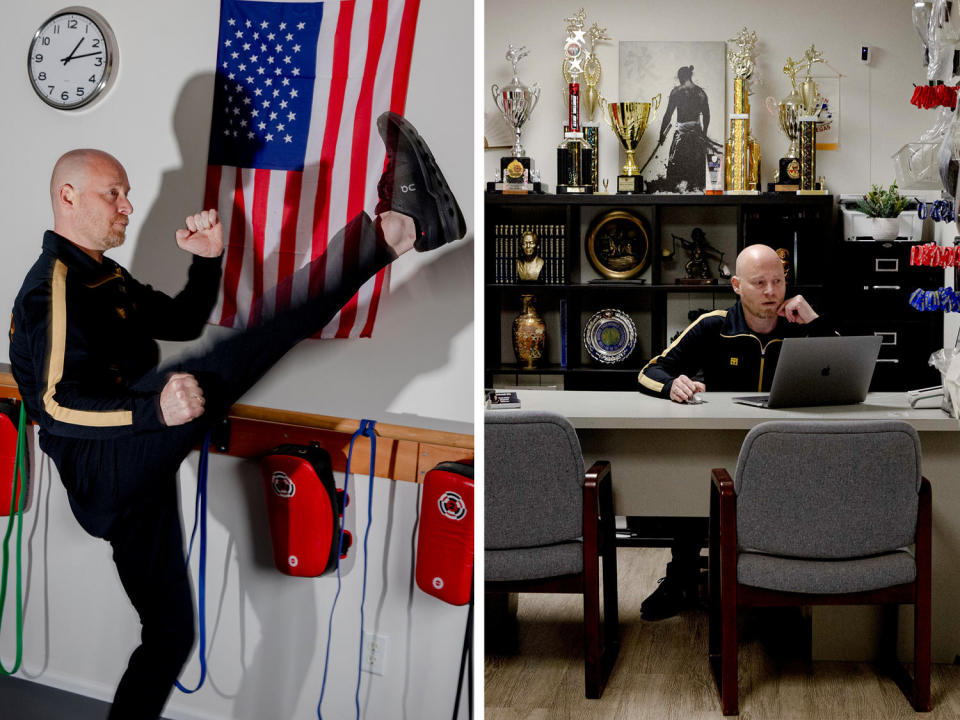
“I’ve always been pretty secure in my identity as an Asian American,” he said. “I’ve always felt like I belonged.”
Belle Mead Asians generally lean left
Those who spoke to NBC News mentioned that the Asian Americans who live in Belle Mead have relatively moderate views, but tend to skew liberal. During the general election in November, township residents favored Democratic candidates over Republican candidates in the two township committee races. And during the last presidential election in 2020, more than twice as many Montgomery voters chose Biden over Trump.
Singh, who was sworn in as New Jersey’s first female Indian mayor this year, said that the leftward tilt has likely been due in part to what many locals saw as racist rhetoric from former President Trump.
“Many Asian Americans run businesses. The business community may tend to be Republican, but I think unfortunately, the past president made it really a ‘if you look different, go back home’ kind of situation,” said Singh, a Democrat. “Having a president of a country tell you just because you look different that you should go back home, when my kids are as American as anybody … that’s not a narrative that should be promoted in any community.”
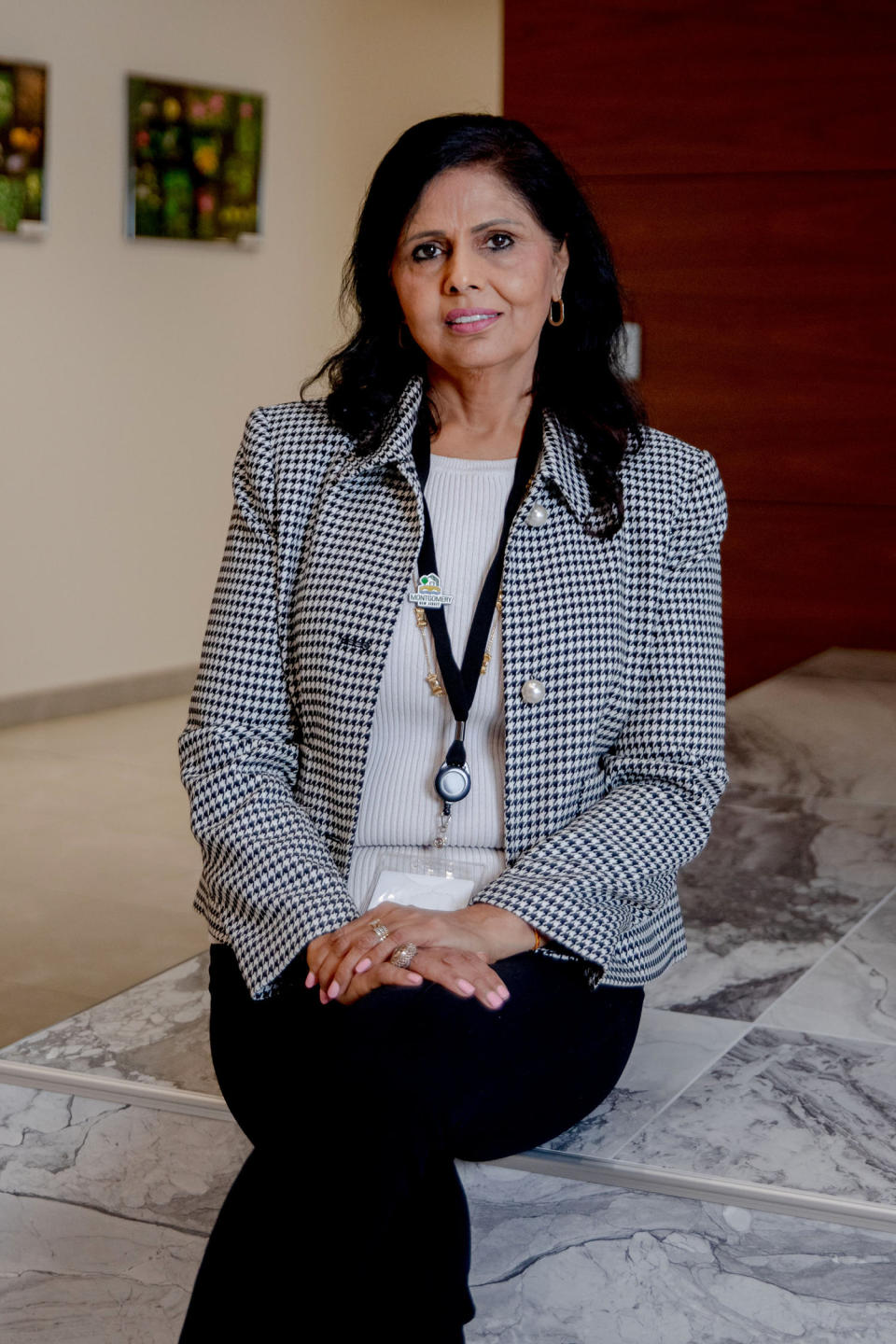
Singh added that conspiracy theories and racist rhetoric spread by Trump and his supporters during the height of the pandemic in particular raised concerns among residents, especially parents.
“To be honest, I had people ask me about ‘China viruses’ and all this nonsense,” she said. “I think that’s when people realized — people said, ‘This is coming to our kids now? The kids are listening.’”
Barot said, however, that while most in the community continue to lean liberal, many others are unaffiliated with either party. And he’s not so sure as many residents will be voting for Biden this time. Growing concerns around the economy, inflation and taxes have pulled some residents to the right.
“[There’s] a lot more on the liberal side for sure. But I think it’s shifting a little bit as well, considering the impacts to overall wealth, or overall income from the taxation perspective,” Barot said.
Immigration has also become a key issue, Barot said, adding that the number of migrants crossing the southern border has been a concern for some residents “who worked very hard for years and have waited in line” for visas. This doesn’t mean that people are overlooking Trump’s racist remarks, however, Barot said. But many in the area don’t feel so confident about Biden.
November will come down to campaigns making their platforms clear, Barot said. But thus far, neither candidate or party has done a sufficient job appealing to Asian Americans.
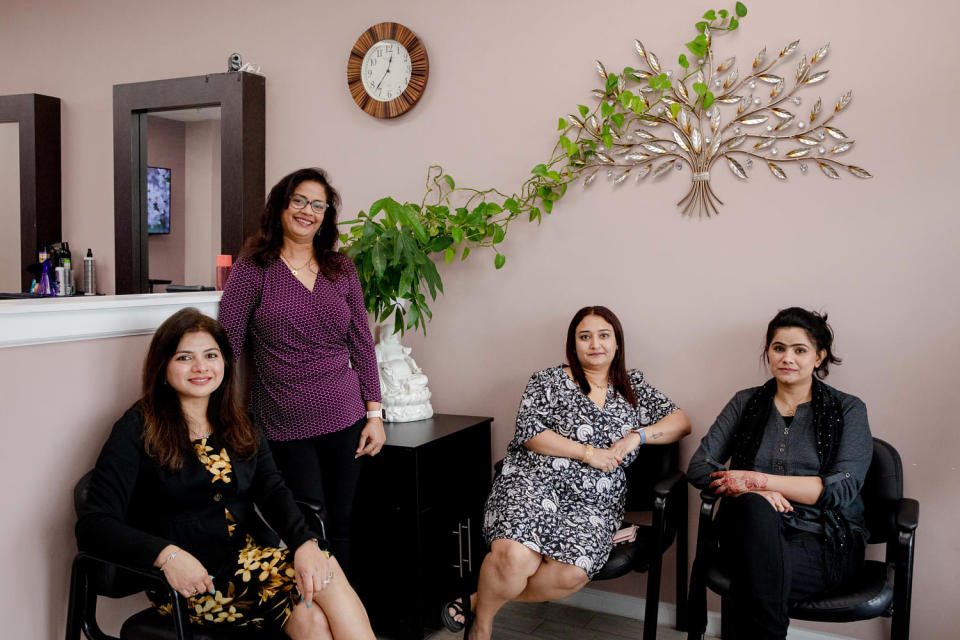
“Asian Americans are always neglected, probably because we are the minority,” Barot said. “We don’t hear that much about what is being done for the Asian population, even though the Asian population is contributing a lot to our country’s development and growth.”
The suburb shows that parties shouldn’t take Asian Americans for granted
Belle Mead isn't a perfect parallel to the overall Asian American population, Karthick Ramakrishnan, founder of AAPI Data, noted. For starters, its population is much wealthier, he said. The median household income between 2018 to 2022 was $203,942, more than twice that of the general Asian American population. And most Asian Americans in the U.S. do not live in Asian-majority areas.
But in some ways, Belle Mead's Asian community aligns with Asian Americans across the country. Ramakrishnan pointed out that the group tends to be “persuadable,” as most members are foreign-born and did not grow up in a Democratic or Republican household. However, he underscored that when it comes to Asian Americans who lean toward one party or identify as a member, they don’t often flip to the other’s presidential candidate, even amid frustrations with their own party’s hopeful.
Ramakrishnan also added that no party, including Democrats, should take this slice of the electorate for granted.
“We’ve seen that in local contexts … if the parties and campaigns take Asian American voters for granted and don’t invest, because they [think they] don’t need to in order to win elections, then there could be some unforeseen consequences in which, on other issues, they might vote in ways or mobilize in ways that go against the interests of the particular party.”
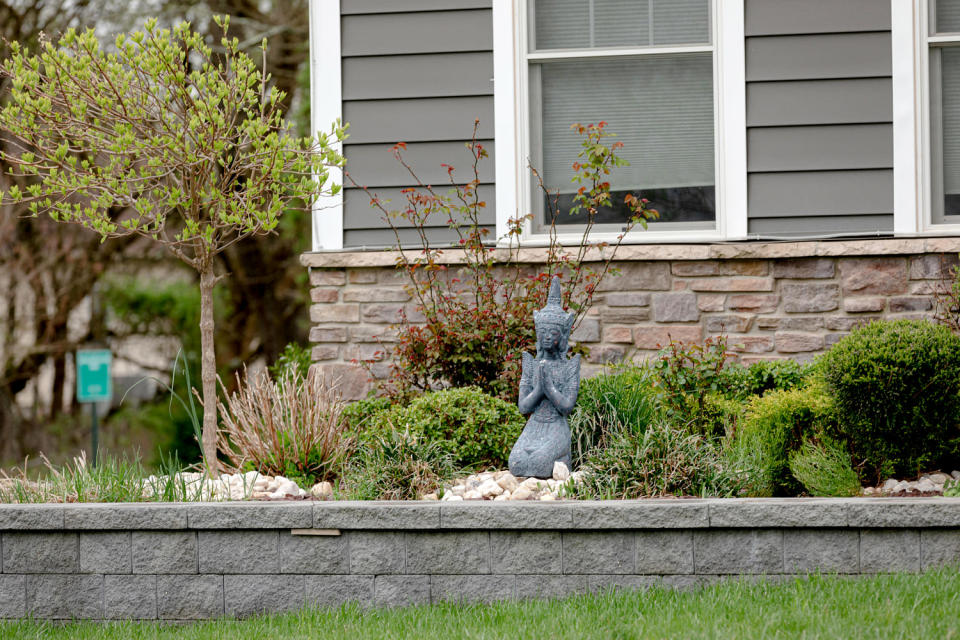
However, it’s likely that neither presidential candidate has spent much time courting voters in New Jersey because the state, more generally, is not competitive in the election. And Asian Americans are less likely than white and Black voters to live in battleground states.
With several months to go and a likely increase in campaign ads and shifting media coverage, Ramakrishnan said it’s likely other issues will come to the fore, both in Belle Mead and across other Asian American communities. Abortion, in addition to Trump’s criminal trials and any discussions around the candidates’ ages, are expected to play into the mix, he said. Anything could happen.
“People have generally more favorable views of Biden than they do of Trump, but Biden’s favorability is not high. What that does is it creates conditions for uncertainty and volatility,” Ramakrishnan said. “That’s true not just for Asian American voters, but others as well. But because parties have traditionally done less outreach and also party identification and attachment is weaker … I think it introduces a level of unpredictability and volatility to the election in ways that we have not seen for a while.”
This article was originally published on NBCNews.com

